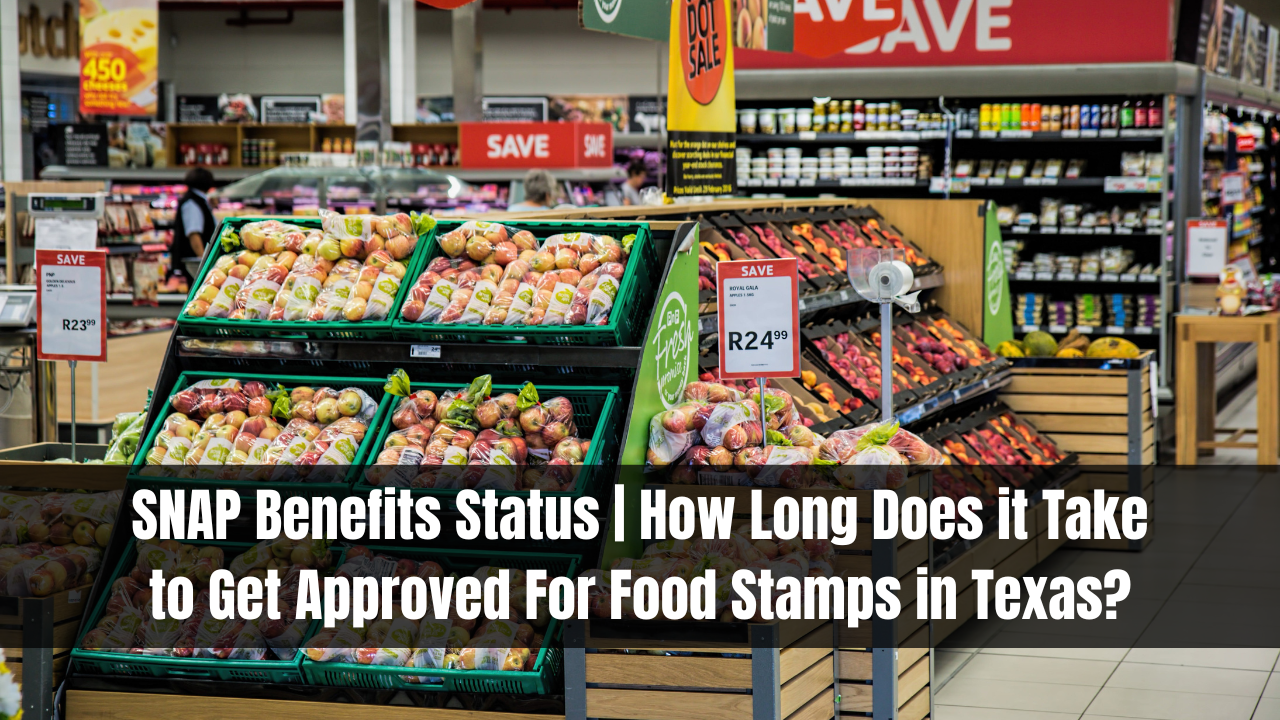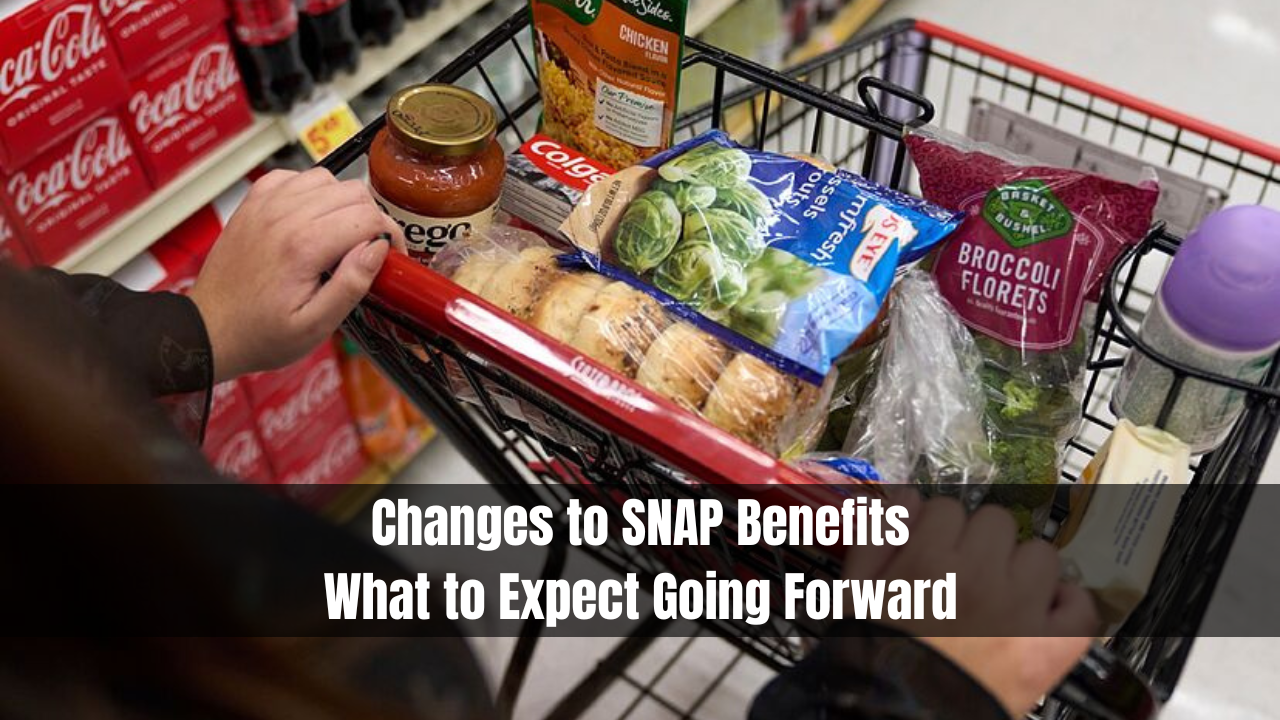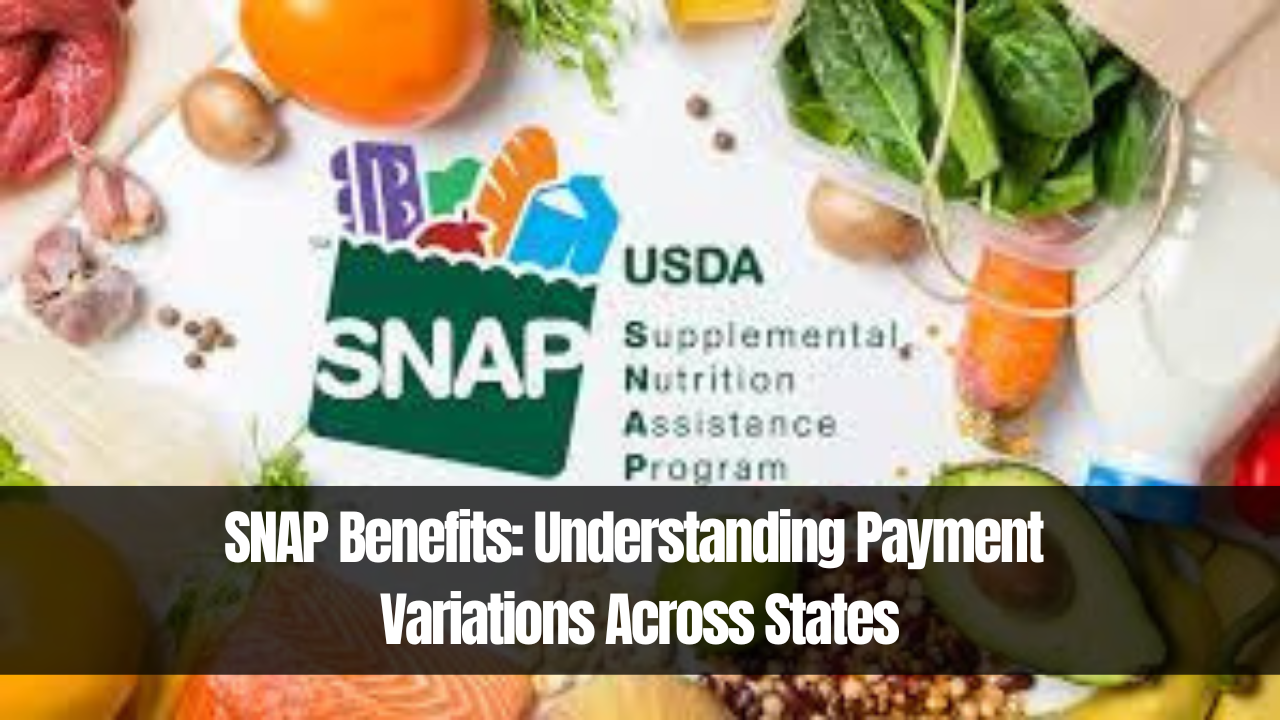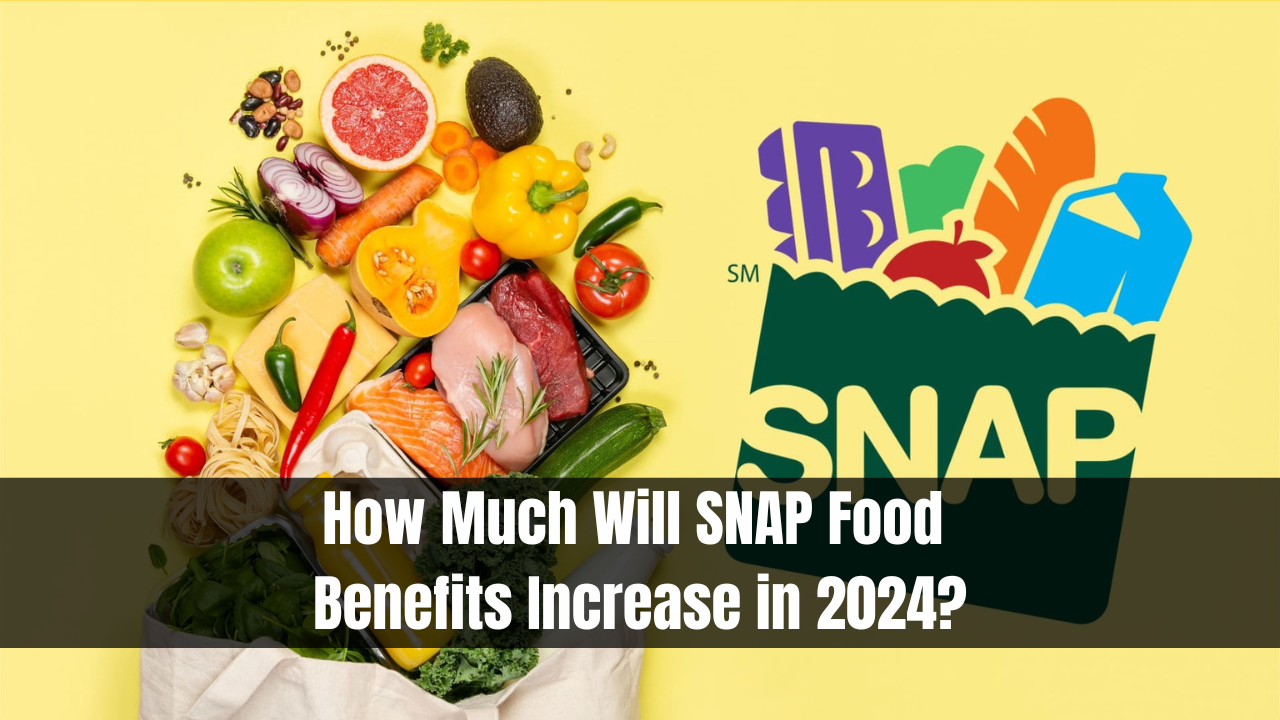SNAP Recipients Face Food Deserts and Budget Constraints. The Supplemental Nutrition Assistance Program (SNAP) stands as the largest nutrition initiative in the United States, supporting 41 million participants in accessing “nutritious food essential to health and well-being.” However, a recent study from the University of Notre Dame unveils significant challenges faced by SNAP participants in low-income households in meeting recommended nutrition levels.
Economic and Geographic Constraints in Low-Income Communities
Within low-income communities, a blend of economic and geographic constraints creates a critical problem for healthy eating. This is particularly evident in the existence of food deserts, where individuals must navigate multiple factors influencing decisions about their family’s diet. Nitesh Chawla, Director of the Lucy Family Institute for Data and Society, emphasizes the complexity faced by those working within these constraints.
Computational Insights into SNAP Budgets and Nutrition
To assess the feasibility of SNAP participants affording a healthy diet, researchers utilized a computational approach. They employed a linear programming model, considering nutritional content and prices of items available within a nationwide grocery store chain in South Bend. The study used the maximum SNAP allotment for a single person in Indiana, revealing trade-offs individuals make to stretch their funds while maximizing nutrition.
Gender Disparities and Nutritional Challenges
While the study successfully created a realistic woman’s diet within the SNAP budget and nutritional needs, the same wasn’t achievable for men. Researchers also delved into the trade-off between cost and nutritional value, uncovering a direct correlation between sodium consumption and the decreasing cost of groceries. Meeting daily vitamin and mineral intake needs, however, proved to be particularly challenging.
Food Deserts and Access Barriers in St. Joseph County
Census data identified 11 areas in St. Joseph County as food deserts, where a significant number of residents live more than a mile from the nearest supermarket. The study emphasizes the added challenges for low-income households, including distance to grocery stores and access to transportation. These barriers could lead to a higher reliance on alternative food sources, such as food pantries.
Conclusion
The study, published in Frontiers in Big Data, is part of Notre Dame’s broader initiative—the Food Information Networks (FINS) project. FINS, led by Ronald Metoyer, aims to understand and address barriers to healthy food access.
The project will culminate in an app that utilizes optimization methods to recommend healthier food items based on dietary goals and budgets, testing its impact on eating habits in a South Bend pilot. Researchers also explore the potential of artificial intelligence, including large language models, in creating personalized diet recommendations.






